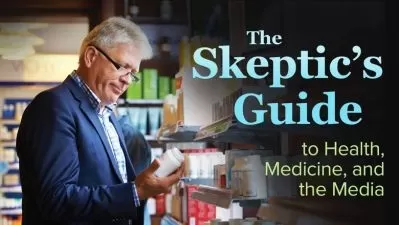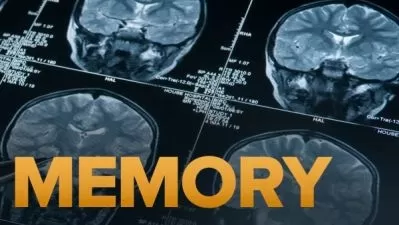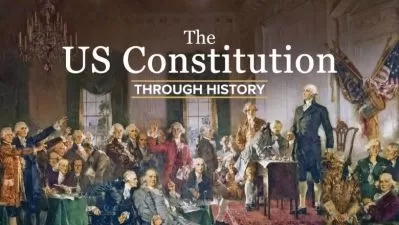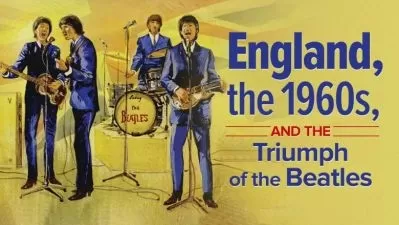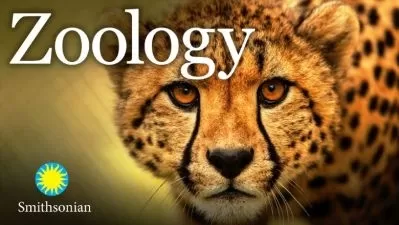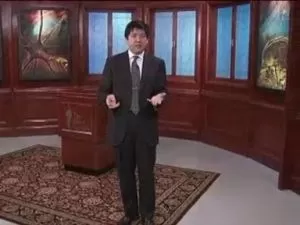The Black Death: The World's Most Devastating Plague
Dorsey Armstrong
12:12:30
Description
In the late 1340s, a cataclysmic plague shook medieval Europe to its core. The bacterial disease known to us as the Black Death swept westward across the continent, leaving a path of destruction from Crimea and Constantinople to Italy, France, Spain, and ultimately most of Europe, traveling as far west as England and Iceland. Within these locations, the plague killed up to 50% of the population in less than 10 years—a staggering 75 million dead.
Many of us know the Black Death as a catastrophic event of the medieval world. But three vital elements of the story often go unrecognized:
- The Black Death was arguably the most significant event in Western history, profoundly affecting every aspect of human life, from the economic and social to the political, religious, and cultural.
- In its wake, the plague left a world that was utterly changed, forever altering the traditional structure of European societies and forcing a rethinking of every single system of Western civilization: food production and trade, the Church, political institutions, law, art, and more.
- In large measure, by the profundity of the changes it brought, the Black Death produced the modern world we live in today.
While the story of the Black Death is one of destruction and loss, its breathtaking scope and effects make it one of the most compelling and deeply intriguing episodes in human history. Understanding the remarkable unfolding of the plague and its aftermath provides a highly revealing window not only on the medieval world but also on the forces that brought about the Renaissance, the Protestant Reformation, and modernity itself.
Speaking to the full magnitude of this world-changing historical moment, The Black Death: The World’s Most Devastating Plague, taught by celebrated medievalist Dorsey Armstrong of Purdue University, takes you on an unforgettable excursion into the time period of the plague, its full human repercussions, and its transformative effects on European civilization.
A Catastrophe Unprecedented in Human Experience
In 24 richly absorbing lectures, you’ll follow the path of the epidemic in its complete trajectory across medieval Europe. You’ll examine the epidemiological causes of the disaster; the social panic it spawned; its influence on religion, society, politics, economics, and art; and the long-term consequences for a continent that, less than two centuries later, would have the technology and the wherewithal to explore a new world.
In the process, you’ll learn about these remarkable and emblematic effects of the Black Death:
- By revealing the corruption and inadequacies of the Church in the face of people’s desperate need, the plague sowed the seeds of the Reformation.
- The plague upended the class system in Europe, permanently changing the balance of power between laborers and lords, peasants and nobles.
- The epidemic transformed social opportunities for the working and merchant classes: peasants could become clergy, serfs could become tenant farmers, merchants could marry into the nobility, and women could enter trades and professions.
- Perhaps most surprising of all, those who survived the plague were often wealthier than they’d been before, and had access to more opportunities.
These changes utterly upended structures of social, economic, and religious power that had been in place for centuries, leaving chaos in their wake—and room for new ideas and institutions to arise.
An Epic Story of Loss and Metamorphosis
In measuring the Black Death’s vast societal impact, you’ll explore subject matter such as:
- The medical causes and underpinnings of the plague – Investigate the epidemiology of Yersinia pestis, the plague bacterium. You’ll study the three main varieties of plague, how the disease was transmitted, and how other disease factors may have contributed to the Black Death’s monumental devastation.
- The epidemic’s transit across medieval Europe – Track how the plague traveled by both maritime and overland trade routes, and witness the individual stories and shattering drama of its arrival in communities such as Florence, Avignon, Walsham, and Paris.
- The Black Death’s impact on religion and faith – Discover how the Church appeared powerless to provide any remedy or relief from the plague, which eroded its prestige, moral authority, and temporal power. Observe how direct expressions of religious devotion by common people, such as pilgrimage, flagellation, and veneration of saints, increased dramatically in response to the plague’s ravages.
- The plague and European economies – Examine how the huge loss of labor and manpower led to social mobility and greatly increased economic opportunities for workers and merchants, and accelerated the rise of the merchant class to rival the economic power of the nobility.
- Political reverberations of the Black Death – Grasp how the political scene in many places changed dramatically, as nobles came under new economic pressure. The traditional ruling order of those who fight (nobles), those who pray (clergy), and those who work (everyone else) was undone by the new power of labor and trade, and the nobles’ attempts to maintain their previous status triggered unrest and revolts.
- The historical legacy of the epidemic – Take account of the ways in which the events of the Black Death shaped the future of the West, leaving behind a world in which serfs could buy their freedom, and where, for the first time, leaders and governments were answerable to every level of society.
The Astonishing Human Dimensions of the Plague
In a masterful act of historical storytelling, Professor Armstrong reveals the unfolding of the plague as an endlessly surprising and enthralling saga, illuminating the story with vivid maps, works of art, and manuscripts, as well as gripping contemporary accounts by writers such as Boccaccio and Petrarch. In the course of the narrative, you’ll encounter the full spectrum of poignant human reactions to the epidemic, from terrified families abandoning their stricken children and clergy recoiling from the dying to astounding individual acts of compassion and self-sacrifice for loved ones and strangers alike.
You’ll bear witness to many psychosocial responses, among them the Flagellant movement, whose members publicly tortured themselves to appease the wrath of God; the French town whose populace believed riotous merrymaking would keep the plague at bay; and a range of extreme behavior from hedonistic indulgence and crazed dancing to the tragic scapegoating of Jewish communities. In a fascinating view into the medieval mindset, you’ll explore 14th-century theories of the plague, from theological constructs to explanations of its origins in astrological conjunctions, “corrupted air,” and earthquakes. You’ll also encounter, in medical treatises, the singular figure of the plague doctor, dressed in broad-brimmed hat, long coat, and a beaked, birdlike mask filled with sweet-smelling herbs.
Professor Armstrong details how the plague brought new forms of visual art, such as the extraordinary paintings of the Danse Macabre and Triumph of Death traditions. In the unusual economic climate of the times, plague-themed works of art were commissioned not only by the nobility, but also by the likes of bakers, gardeners, and blacksmiths. And you’ll discover how, in the midst of devastation, the plague directly inspired some of the greatest literary masterpieces the world has ever produced, such as the works of Boccaccio, William Langland, and Geoffrey Chaucer.
Majestic in scope and remarkable in detail, The Black Death: The World’s Most Devastating Plague takes you to the heart of one of Western history’s most catalytic and galvanizing moments, the effects of which gave us the modern world.
More details
User Reviews
Rating
Dorsey Armstrong
Instructor's CoursesDorsey Armstrong is a Professor of English and Medieval Literature at Purdue University, where she is also the head of the English Department. She received her AB in English and Creative Writing from Stanford University and her PhD in Medieval Literature from Duke University. She also has taught at Centenary College of Louisiana and at California State University, Long Beach.
Professor Armstrong’s research interests include medieval women writers, late-medieval print culture, and the Arthurian legend, on which she has published extensively. She is the author of Sir Thomas Malory’s Morte Darthur: A New Modern English Translation Based on the Winchester Manuscript; Gender and the Chivalric Community in Malory’s Morte d’Arthur; and Mapping Malory: Regional Identities and National Geographies in Le Morte Darthur (coauthored with Kenneth Hodges). She is also the editor in chief of the academic journal Arthuriana, which publishes cutting-edge research on the legend of King Arthur, from its medieval origins to its modern enactments.
Professor Armstrong is a recipient of the Charles B. Murphy Outstanding Undergraduate Teaching Award, Purdue’s top undergraduate teaching honor.
Professor Armstrong’s other Great Courses include The Black Death: The World’s Most Devastating Plague; Turning Points in Medieval History; The Medieval World; Analysis and Critique: How to Engage and Write about Anything; Great Minds of the Medieval World; and King Arthur: History and Legend.

The Great Courses
View courses The Great Courses- language english
- Training sessions 24
- duration 12:12:30
- English subtitles has
- Release Date 2023/04/29






